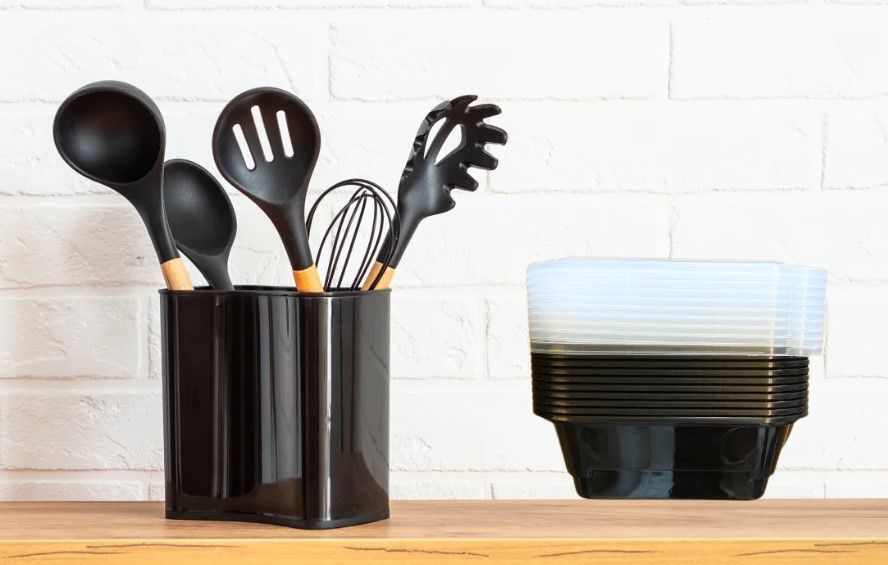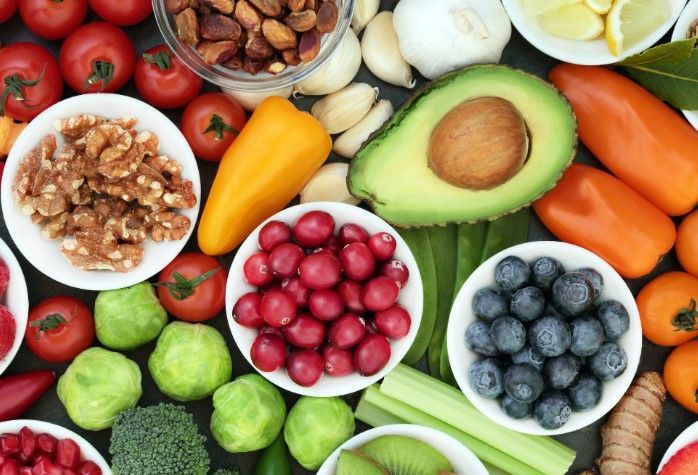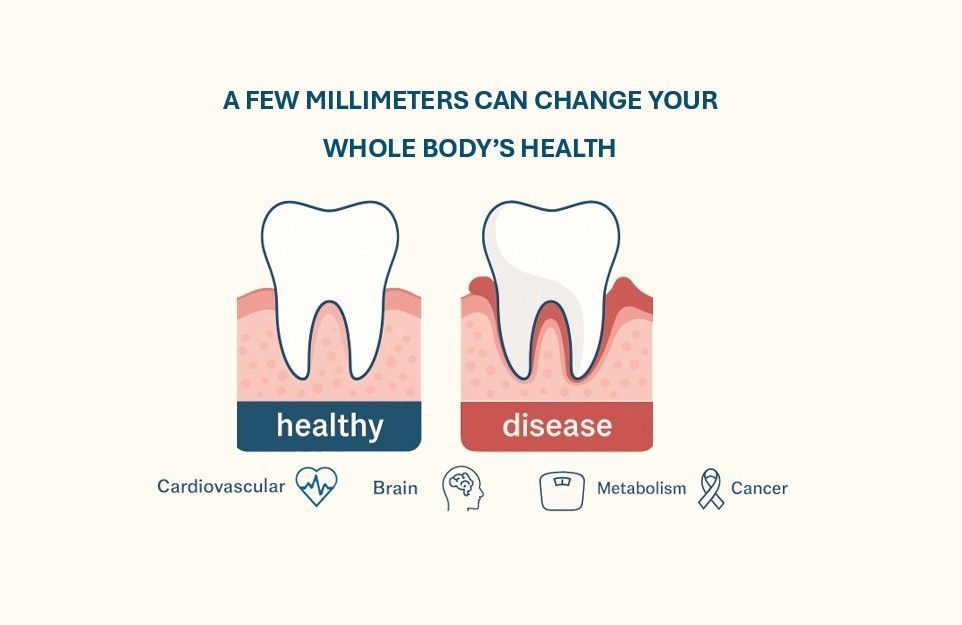Herbs for Intense Periods: Natural Relief for a Challenging Time
Dr. Karen Plymel, Functional Medicine Expert

For many women, periods can be more than just a monthly inconvenience — they can bring intense cramping, bloating, mood swings, and fatigue. While over-the-counter medications are often the first line of defense, more and more people are turning to nature’s pharmacy for gentle, effective support. If you’re looking for natural remedies for painful periods, several herbs have long been used to help ease menstrual cramps, balance hormones, and support emotional well-being.
Here are five powerful herbs for menstrual relief that may offer natural support during intense periods:
1. Chamomile: Soothing for Menstrual Cramps and Mood
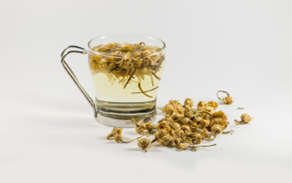
Chamomile isn't just for bedtime. This gentle herb has antispasmodic properties, meaning it can help relax the uterus and reduce muscle spasms, which is a common cause of painful cramps. It’s also well known for its calming effects, which can support mood stability and better sleep, two things that are often disrupted during menstruation.
How to use chamomile for period cramps:
Brew chamomile tea once or twice daily during your period. Look for organic, high-quality loose leaf or bagged tea for the best results.
2. Peppermint: Cool Relief for Menstrual Cramps

Peppermint contains menthol, a natural muscle relaxant and pain reliever. It can help ease uterine contractions and reduce bloating or gas that often worsens period discomfort. Peppermint is one of the most accessible herbs for period pain and is commonly consumed in tea form.
How to use peppermint for period relief:
Enjoy as a warm tea or try peppermint oil capsules (but consult with a healthcare provider first if you have acid reflux or digestive concerns).
3. Fennel: Hormone Balancer and Menstrual Cramp Reliever
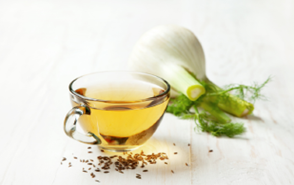
Fennel seeds are rich in compounds with both antispasmodic and anti-inflammatory effects. They have also been traditionally believed to have estrogen-like properties, which may help balance hormones naturally and ease heavy bleeding associated with menstrual cycles.
How to use fennel for period cramps:
Chew fennel seeds after meals or steep them in hot water to create a soothing tea. You can also find fennel capsules or extracts in health food stores.
4. Dandelion: Bloat Buster and Mineral Booster
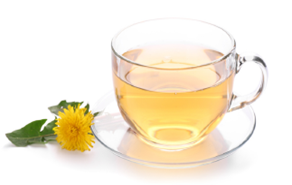
Dandelion is a gentle natural diuretic, helping the body get rid of excess water and reduce the bloating and swelling that often accompanies menstruation. It’s also rich in potassium, which helps balance the fluid loss and supports overall hydration — essential during your cycle.
How to use dandelion for period bloating:
Add fresh dandelion greens to salads, or brew dandelion root tea. Capsules are another convenient option for daily use during your cycle.
5. Ginger: Nature’s Anti-Inflammatory Powerhouse
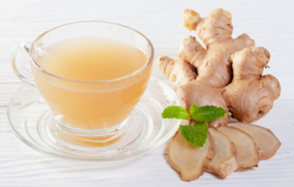
Ginger is a powerful anti-inflammatory herb that has been shown in studies to reduce the intensity of menstrual pain. It can also help with nausea, a common symptom during menstruation for some.
How to use ginger for period pain relief:
Grate fresh ginger into hot water to make tea or take it in capsule form. Adding ginger to your cooking during your cycle can also help keep symptoms at bay.
6. Raspberry Leaf: Gentle Strength for Menstrual Cramps
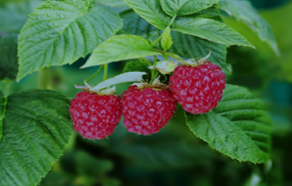
Raspberry leaf tea is a popular herbal remedy known for its uterine-strengthening properties. It is believed to help tone the uterine muscles, supporting hormonal balance and providing natural relief from menstrual cramps.
How to use raspberry leaf for menstrual cramps:
Add 1–2 teaspoons of dried raspberry leaf in a tea infuser. For optimal results in promoting
menstrual health and
cramp relief, it’s recommended to start drinking raspberry leaf tea about a week before your expected period.
7. Cramp Bark: Spasm Reliever and Cycle Comforter

Cramp bark is a trusted herbal remedy for menstrual cramps, traditionally used to relieve muscle spasms and support uterine health. Known for its natural ability to relax the uterine muscles, cramp bark helps reduce the intensity and frequency of painful menstrual cramps. Whether you’re looking to support natural hormone balance, ease uterine tension, or find a gentle alternative to over-the-counter pain relief, cramp bark for period cramps is a time-honored and effective solution.
How to use cramp bark for period cramps:
This powerful herb is typically consumed as cramp bark tea or tincture.
For best results in managing period pain naturally, it’s recommended to begin using cramp bark a few days before your menstrual cycle begins and continue throughout your period as needed.
A Few Notes Before You Start
While herbs are natural, they’re still powerful and can interact with medications or existing health conditions. Always check with a healthcare provider, especially if you’re pregnant, breastfeeding, or on hormonal treatments.
Final Thoughts
Managing intense periods doesn't have to mean suffering in silence or relying only on pharmaceuticals. These herbs for menstrual pain relief — including chamomile, peppermint, fennel, dandelion, and ginger — can be gentle yet effective allies in helping you feel more comfortable, balanced, and supported during your menstrual cycle.
Try incorporating one or two of these natural remedies for period cramps into your wellness routine and see how your body responds. Nature might have just the relief you’ve been looking for.

